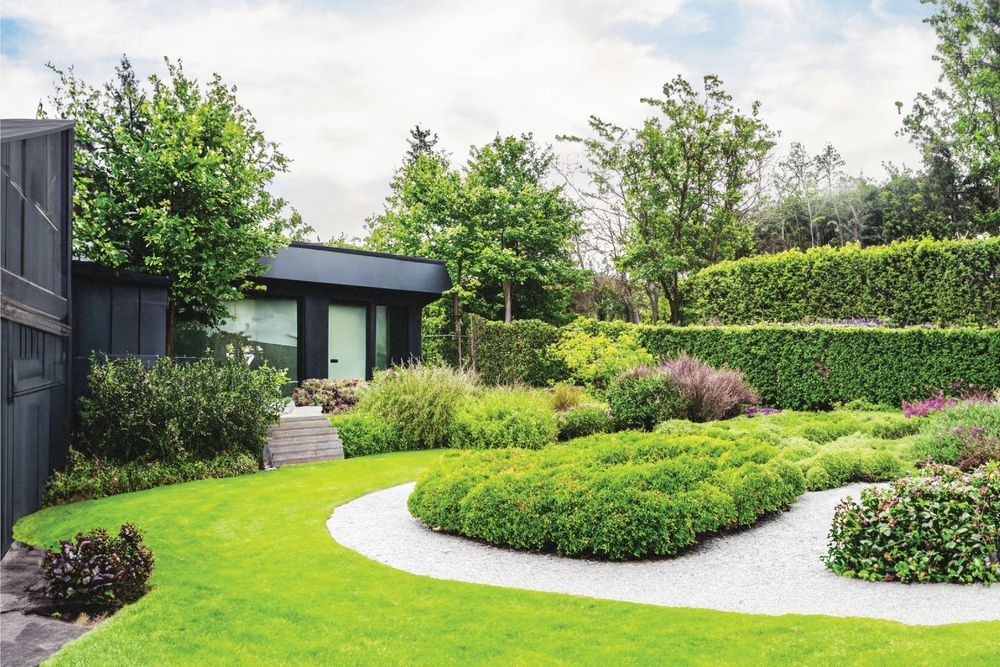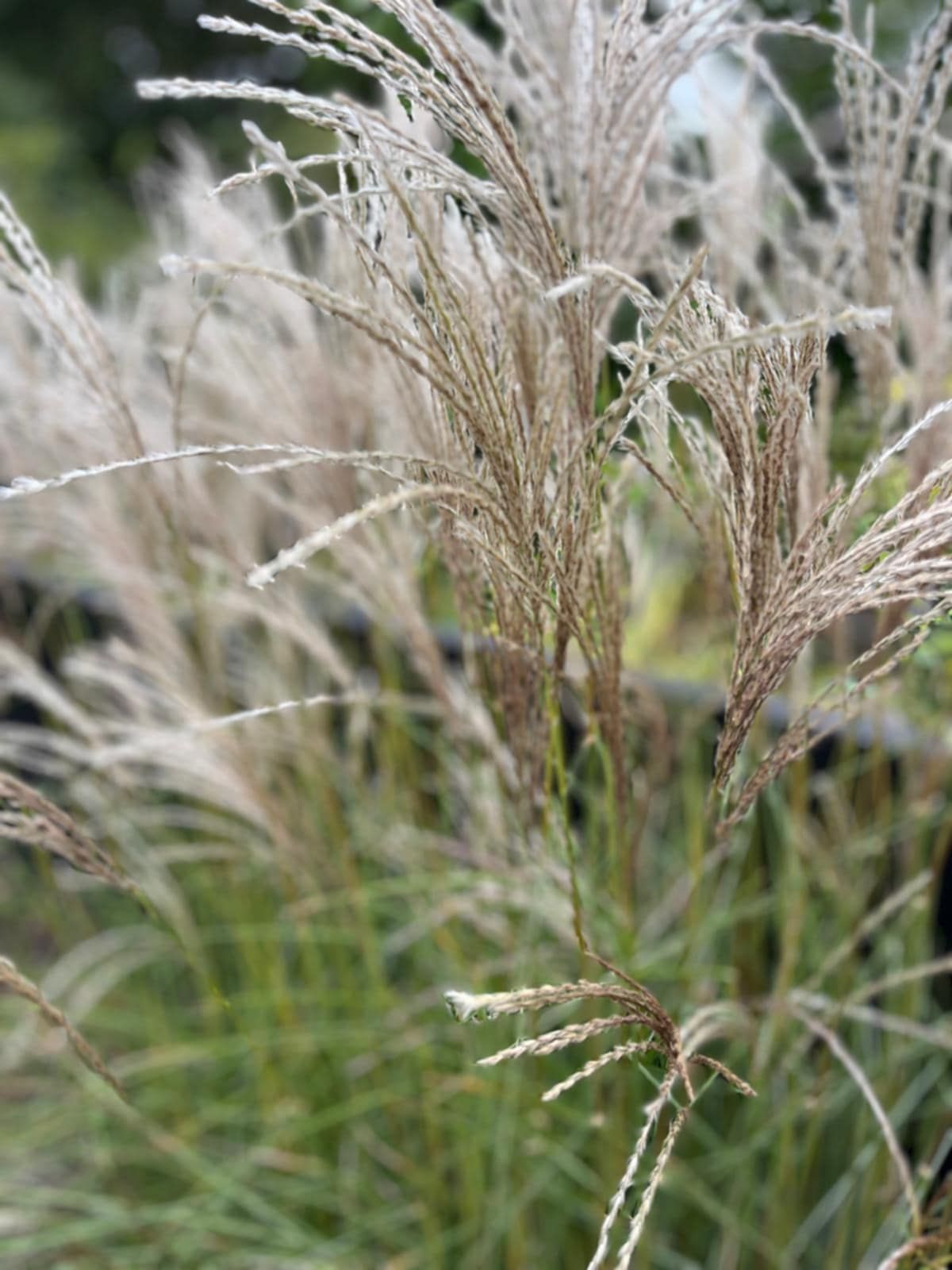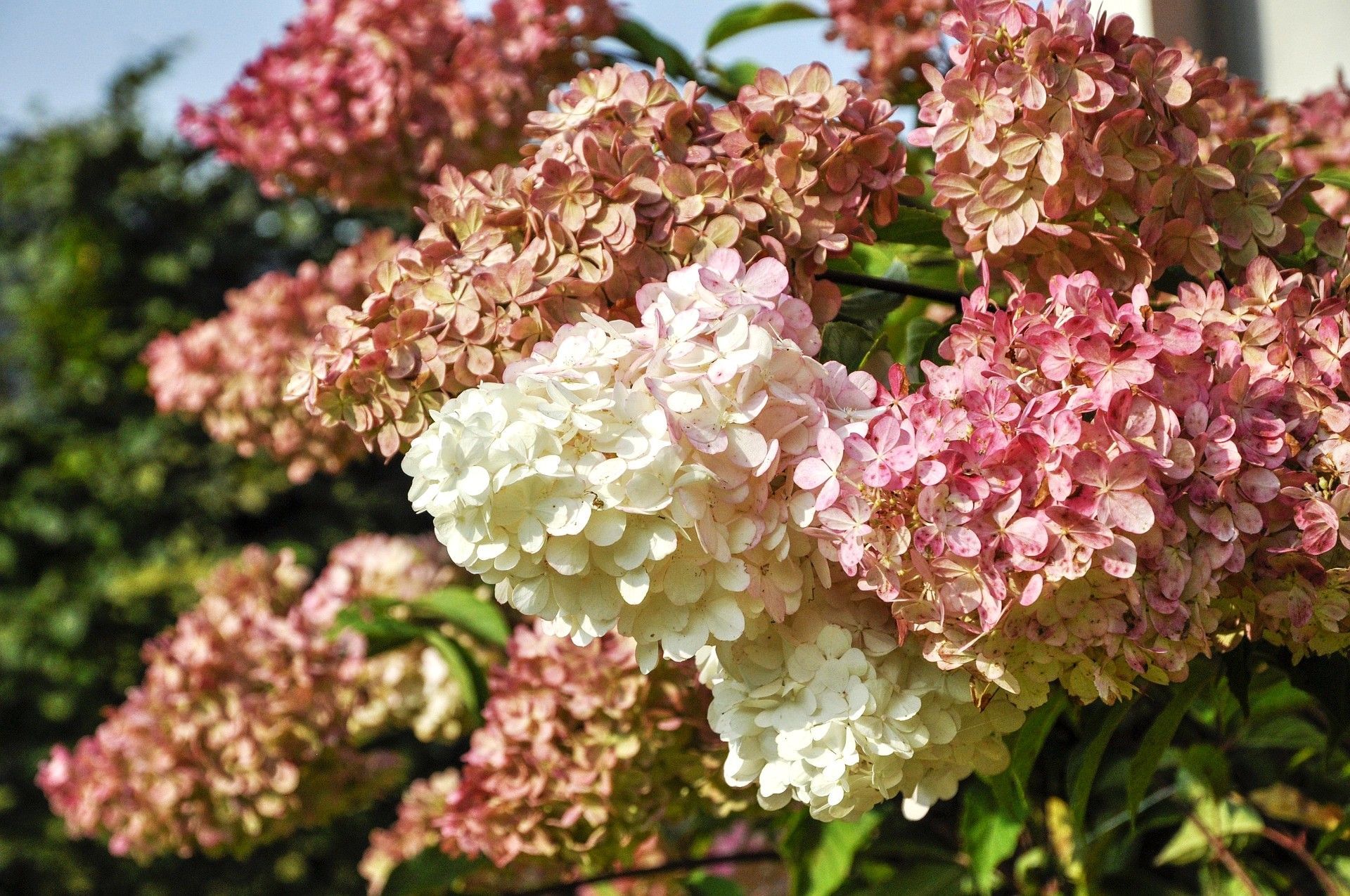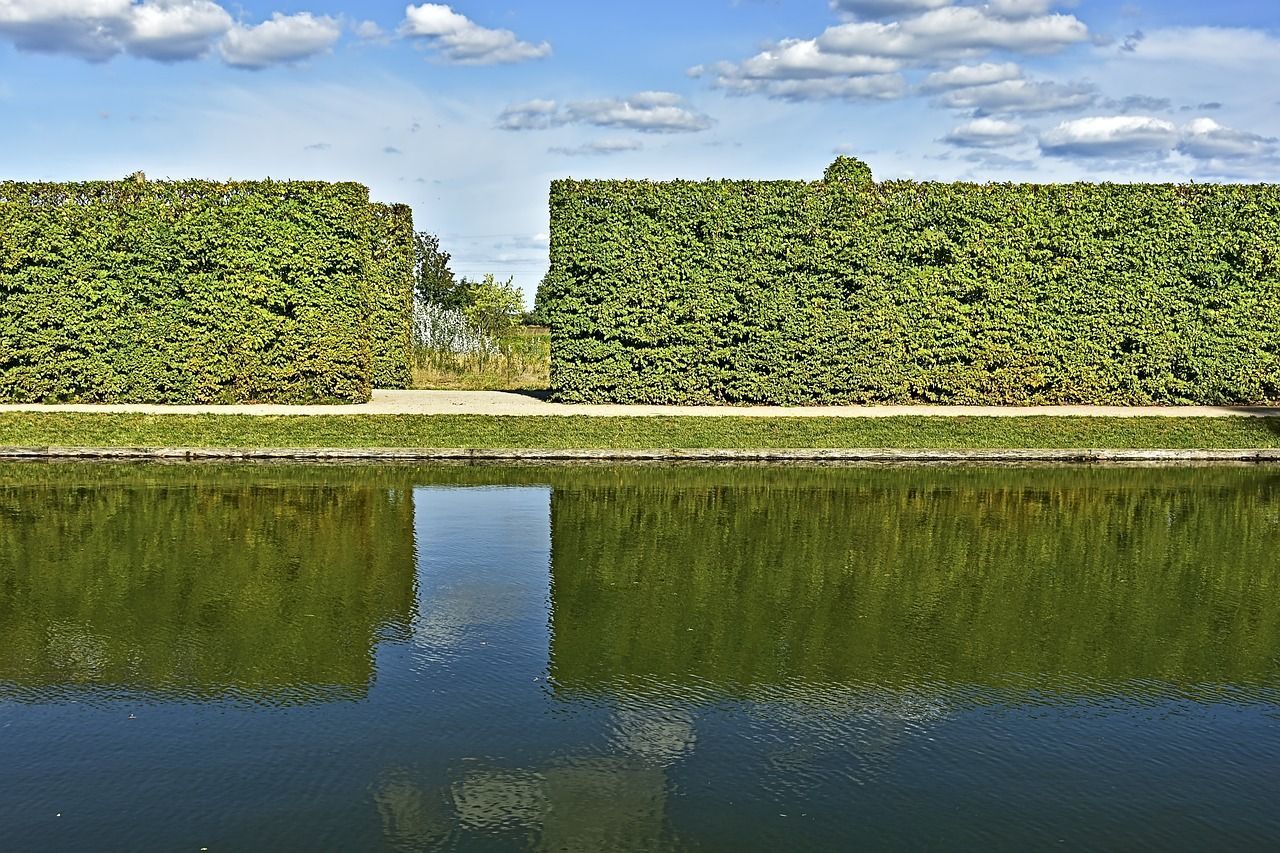7 Steps To Choosing The Right Garden Designer
7 steps to choosing the right garden designer

Creating your dream garden is an exciting journey, and choosing the right garden designer is the first step on that path. A skilled garden designer can transform your outdoor space to suit the needs of you and your family.
1. Visualise your desires
Before you start your search, have a clear vision of how you want to use your garden. Are you looking for a contemporary landscape, a traditional garden or something in between? And do you have any specific features in mind, such as a water feature, a vegetable garden or a patio for outdoor entertaining?
Think about how you’d like to use your garden, and share your thoughts with your designer about what plants, materials and colours you like, or even dislike! The more you can think about your preferences, the easier it will be to find a garden designer who can bring your ideas to life.
If you have seen gardens or outdoor spaces that you particularly admire, try to share this with your designer via photos, magazines, brochures, the internet or a Pinterest board. It is also useful to look through your designer’s portfolio and highlight what you like from there.
It’s important to take some time to consider what it is you want and need from your garden before you meet the designer. A good garden designer will take time to listen to you and ask questions, in order to record your likes and dislikes and be able to take inspiration from this to formulate your garden design.
2. Check credentials and create a shortlist
Begin your search by asking friends, family, and neighbours for recommendations. Look at local gardening magazines, websites and social media for reviews and portfolios. Compile a list of potential garden designers who have a good reputation and a style that aligns with your vision.
Once you have a list, check the designers' credentials. They should have relevant experience and knowledge in horticulture, landscape design or a related field.
3. Review Portfolios:
Look at portfolios of each designer’s work. This will give you a sense of their design style and capabilities. Pay attention to their use of space, plant selection and attention to detail. A designer's portfolio is a visual representation of their expertise.
4. Interview Potential Designers:
Schedule meetings with the designers on your shortlist.
When you meet them, ask as many questions as possible to help you get the right garden designer on board for your project.
Look at the designer’s website and portfolio to try to get a feel for the types of gardens designed, level of quality and detail of work.
Make sure the designer seems interested and enthusiastic about your project, as it’s really important that you like and trust your garden designer. A good working relationship will lead to a creative and productive experience for all parties.
During the interviews, discuss your vision, budget, and timeline. Ask about their design process, how they handle challenges, and if they have experience with similar projects. This is also an opportunity to gauge their communication skills and how well you connect with them personally.
Be clear and consistent about your requirements. Good communication is vital, not just for the initial exchange of ideas, but throughout the design, building and planting process. This will ensure the end-result is what you hoped for.
5. Be honest and realistic
There are numerous ways that a garden can be designed. One of the key factors that will influence how a designer approaches your garden design is the budget that you specify. Unless a designer knows how much you are prepared to spend, it will be difficult to know where to pitch the design. Remember that your garden designer is part of your team, so needs to know all the facts, including available budget, in order to be able to work in your best interest.
A professional garden designer will advise what is achievable, and be able to cost out all the key elements to help with budgeting. An under-estimated budget could constrain the concept, whilst an over-estimated budget may lead to disappointment if the design has to be reworked and downscaled further down the line.
Always make sure you are fully aware of all the details, both financial and operational before you give the go-ahead. Be clear on how much it will cost, what is involved and when it needs to be paid for. A good designer will outline all this information in a letter to you before any work takes place.
Please be realistic about timings. If you’re thinking about hiring a garden designer to create your ideal outdoor space, don’t wait until spring to start getting quotes then expect your garden to be ready for summer. You will generally need around 6 months from appointing a designer through to the completion of the garden project. However, this can vary enormously and could take longer depending on the complexity of your project, the availability of contractors and, of course, the weather. Good designers are generally in demand, so don’t be surprised if the designer or landscaping team have a lead time before taking on more work.
6. Get Quotes:
Request quotes from multiple designers to compare costs and services. Make sure the quotes are detailed, so you understand what is included. Consider not only the initial design but also ongoing maintenance costs if they offer that service.
Once you’ve selected your favourite suppliers, check their references. Ask them to supply details of clients who you can speak to, to find out more about their experience working with the designer. Did the designer stay within budget and meet deadlines? Were they satisfied with the final result?
Well-established, experienced garden designers will have plenty of satisfied clients, so feel free to ask for references, and even undertake some site visits if practical, to help you choose the right garden designer for you and your home.
7. Trust Your Instincts
While qualifications and experience are essential, don't underestimate the importance of a good personal fit. You should feel comfortable communicating with your designer and confident that they understand your vision.
Choosing a garden designer is a crucial decision that will impact the beauty and functionality of your outdoor space. Take your time to research, interview, and compare before making your final choice. With the right designer by your side, your garden dreams will soon become a vibrant reality.
Great gardens are a result of a good relationship between client and designer, so have confidence in your chosen designer. Whilst a clear brief is essential, try to allow your designer’s creative ideas to flow. After all, you’re paying for the designer’s skills, knowledge and experience, so stay open to ideas and suggestions to move your closer to your ideal garden.
Don’t forget, if you’ve got any queries or issues about your garden design or build, raise them with your designer as quickly as possible. This can potentially help to avoid any unexpected costs or delays, and ensure the project runs as smoothly as possible.











